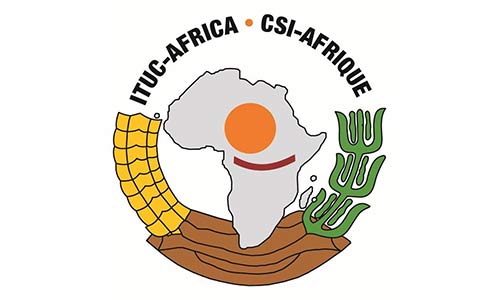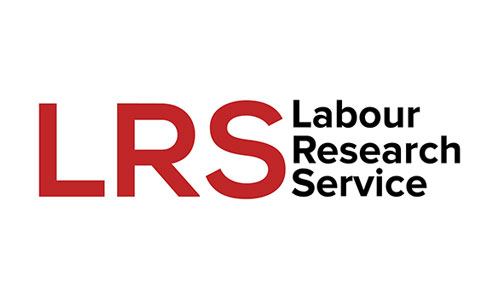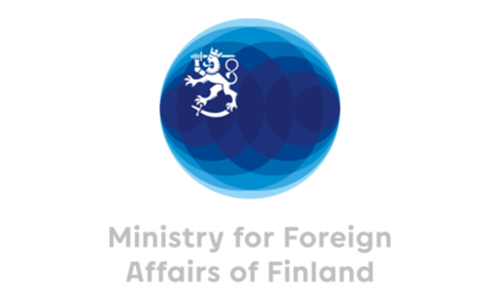In its present format, the African Continental Free Trade Area (AfCFTA) agreement does not provide an adequate anchor for the socio-economic goals that belong in a comprehensive continental trade arrangement which includes a promise to “promote and attain sustainable and inclusive socio-economic development, gender equality and structural transformation of the State Parties”.[1]
There are indications that the scope of the AfCFTA will be extended but they have not yet generated the required initiatives. In respect of the rights of women and the youth, there has been a decision to negotiate an additional AfCFTA Protocol. This development signifies that there is support for prioritizing this cluster of needs. Preparatory work has begun for negotiating the Protocol on Women and Youth.
New debates and well-crafted decisions will be required about whether the AfCFTA’s accommodation of social and labour issues will be tied to a process of deeper integration in a comprehensive FTA for the continent. In such a scenario one could, for example, expect refinements to the Protocol on Trade in Services in order to accommodate the movement of service providers and the recognition of professional qualifications. Other sectors such as transport, agriculture and professional services might also be added to this agenda.
The AfCFTA will co-exist with the trade and integration regimes and agendas of existing Regional Economic Communities (RECs), intra-African FTAs, CUs, and regional trading arrangements.[2] Social and labour related advances also belong on the REC agendas. They are the building blocks of the AfCFTA. Some of them have extensive agendas.[3] In COMESA, for example, there are two legal instruments governing the free movement of people, the Protocol on the Gradual Relaxation of and Eventual Elimination of Visa Requirements, and the Protocol on Free Movement of Persons, Labour, Services, the Right of Establishment and Residence.
In a Common Market, there must be (in addition to the freedom of movement of goods) freedom of movement of services, service providers and payments. If these developments can be consolidated via the RECs as building blocks of the AfCFTA, an impetus towards continental labour and social freedoms might be generated.
The Preamble to the AfCFTA Agreement, which does not provide for specific duties for State Parties, contains indications of long-term aspirations for the AfCFTA. It notes regard for
“the aspirations of Agenda 2063 for a continental market with the free movement of persons, capital, goods and services, which are crucial for deepening economic integration, and promoting agricultural development, food security, industrialisation and structural economic transformation.” It also recognises “the importance of international security, democracy, human rights, gender equality and the rule of law, for the development of international trade and economic cooperation”. (Emphasis added.)
The legitimacy of the AfCFTA enterprise will benefit from a demonstration that it accommodates aspirations of civil society. There might be a danger otherwise that this ambitious undertaking remains confined to governmental policies of individual State Parties.
The extensive membership of the AfCFTA poses challenges. The Preamble to the Protocol on Trade in Goods recognizes “the different levels of development among the State Parties and the need to provide flexibilities, special and differential treatment and technical assistance to State Parties with special needs”. This feature of the AfCFTA as an uneven continent-wide arrangement should be considered when specific initiatives involving the promotion of social and labour issues are undertaken. The single undertaking dimension of the AfCFTA is another complication. If new commitments can only be adopted if all the State Parties accept and ratify them, the lowest common denominator will prevail. At present the AfCFTA regime does not provide for additional legal instruments with limited membership. All the State Parties must sign up to new Protocols.
Building on the best practices in the RECs is another AfCFTA relevant principle.[4] There are examples in the RECs (such as in SADC) where the Members ratify new Protocols when they are ready. Three of SADC’s Member States have not yet ratified the SADC Protocol on Trade. They are allowed to do so when ready. However, as long as they remain outside the ambit of the SADC Protocol on Trade, they do not benefit from preferential trade with the other SADC Member States.
In developing initiatives around new issues certain features of the AfCFTA should be considered. It is member-driven, decisions are taken on the basis of consensus, it constitutes a single undertaking, and it is designed as an FTA. These aspects need to be unpacked to put new initiatives on the AfCFTA agenda. They need to be supported by prominent stakeholders. Civil society and individual Governments may be allies in such an endeavour. The AfCFTA has generated a lively and necessary debate. The challenge is to ensure socio-economic are part of future its agenda.
References
[1] Article 3 (e) AfCFTA Agreement.
[2] This wording comes from Article 19(2) of the AfCFTA Agreement.
[3] SADC has more than 20 Protocols, in addition to its Protocol on Trade.
[4] Listed in Article 5 AfCFTA Agreement.
Read:
AfCFTA Protocol on Trade in Services – What can unions demand?
Gerhard Erasmus
Gerhard Erasmus is a founder of the Trade Law Centre (TRALAC). He has consulted for governments, the private sector and regional organisations in southern Africa and was involved in the drafting of the constitutions of South Africa and Namibia.




